Landgrab City – Urban farm challenging the reality of our cities. From the outset, this temporary urban farm, installed in the middle of the Shenzhen/Hong Kong Biennale of Architecture/Urbanism congress is a unique piece of landscape. Not only because it represents an urban farm, but also because it represents one of the most important values of landscape architecture: challenging the reality of our cities. The conception and construction of this project creates an iconic precedent in our search as landscape architects, to motive people to think about solutions for a future that, day by day, seems to be darker.
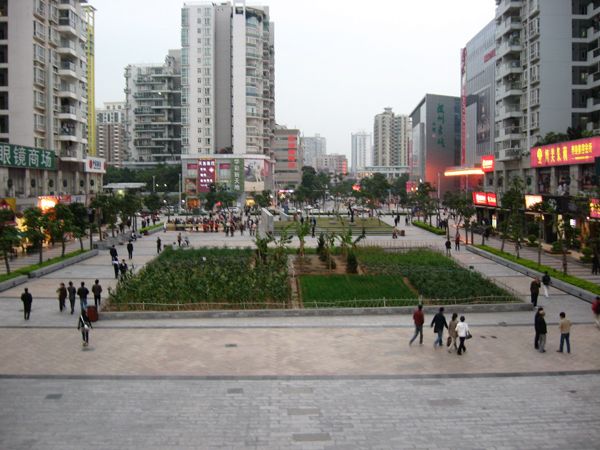
Landgrab City copyright : Shenzhen Biennale of UrbanismArchitecture Organizing Committee
This installation, created by the architects
Joseph Grima,
Jeffrey Johnson and
Jose Esparza, is a clear example of what could be done to solve the farming problem that all big cities in the world face. In this case, the architects exemplify their concern by designing a two part temporal installation: the first is a simple representation, as a map, of the city’s dense downtown area, where 4.5 million people live. The second part of the installation sits on an artificial parcel, divided into small lots according to the plantation of different food groups. These include vegetables, cereals, fruit and pasture (for livestock). All of these are basic foods for Chinese families and most other the countries in the world.
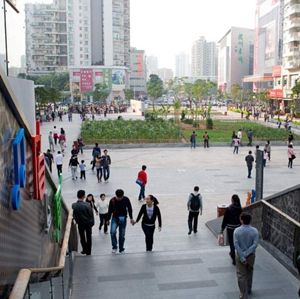
Each plot represents a different food group; copyright : Shenzhen Biennale of UrbanismArchitecture Organizing Committee
The artificial parcel is a scaled representation of how much land it is necessary to provide enough food to all inhabitants that live in the area represented in the map. This representation is also a future image of the amount of land that would be necessary to feed the population of the same area in 2027.
The Goal of the project The intention of the architects, by designing this project in a scaled model, is to create a realistic connection between visitors and the farming problem. It is expected to generate a vision in people, which should show how many green fields are needed now to reach the goal of our modern society: to feed everyone. General awareness should be heightened by the project. As seen in the image, different people have different reactions to the installation. However, a general reaction of analysis and, a sense of shame and concern is seen. By analyzing the size of each artificial parcel and the size of the city, people now have a very good idea of how many agricultural fields are needed to satisfy their own nutritional needs. It is clear that the land required to fulfill the food needs of a nation is two or three times bigger than the geographical size of the same country.
You may also like to read the following: How to Provide Easy Access to Urban Agriculture in Over Populated Cities Dublin Urban Farm: Interview with Paddy O’Kearney The knowledge and landscape potential of Grima, Johnson and Esparza is seen throughout the landscape design of the Landgrab City. First, the use of different plants, sunlight, shadow, grasses and vegetables is defined so the visitor can get a real sense of the natural habitat of agricultural fields in China. Secondly, the use of traditional Chinese agricultural elements, such as fences and a regular grid, helps Chinese visitors relate to the process of agriculture and also shows to international visitors how Chinese agriculture works. The truthful use of these two elements is part of the foundation that makes this project an unparalleled accomplishment.
We can learn from this project that landscape design is not only about courtyards, urban farms and plant pallets. It is also about how the architect can create an installation without worrying about the scale of the result, as it still represents the key concept of the project. The use of plants, trees, materials, furniture and lighting has to be focused to achieve that which is shown the Landgrab City project.
Project: Landgrab City
Location: Shenzhen/Hong Kong Biennale of Architecture/Urbanism
Team: Joseph Grima, Jeffrey Johnson and Jose Esparza
Recommended reading: Urban Farms Urban Farm Handbook Report written by Luis Eduardo Guísar Benítez
Featured image: copyright : Shenzhen Biennale of UrbanismArchitecture Organizing Committee
Published in Blog





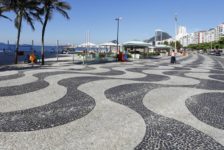
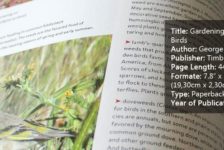


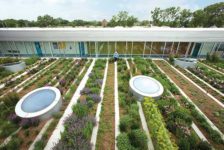

Pingback: City farm @Shenzhen – สวนผักคนเมือง